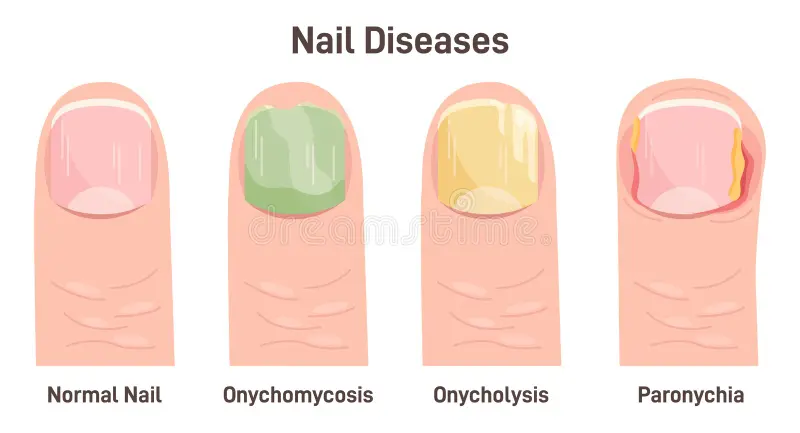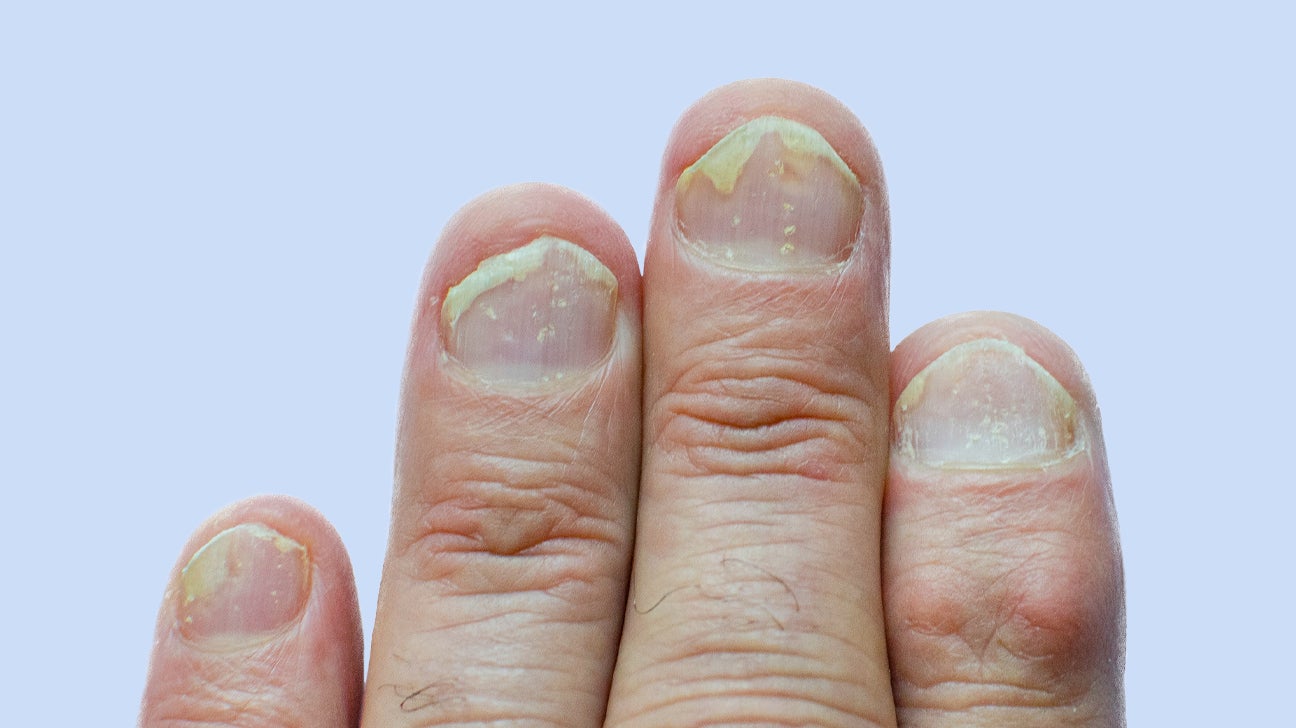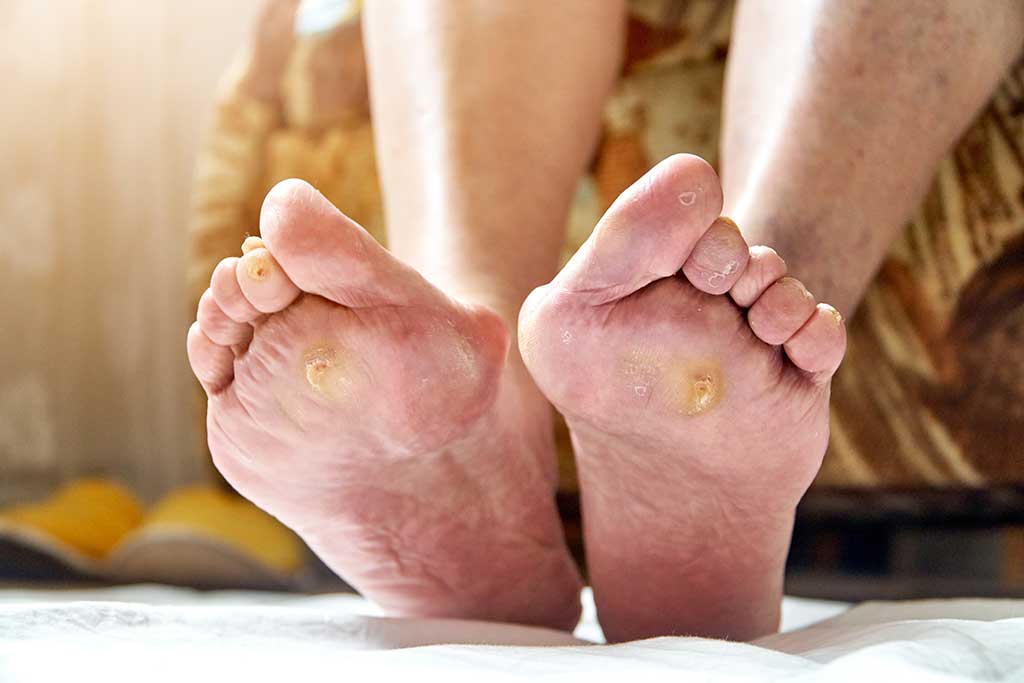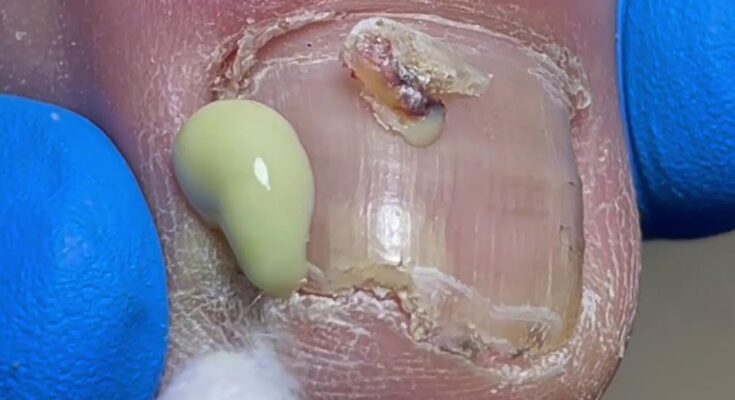Experiencing pus, inflamed nails, and abnormal nail growth can be alarming, but understanding the potential causes behind these symptoms can help you address the underlying issue. These symptoms may not always be linked, but when they occur together, they often signal an infection, a skin condition, or an issue with your overall health. In this article, we will explore what might be causing these symptoms and how to treat them effectively.
1. Understanding the Symptoms
Before delving into potential causes, it’s important to understand what each symptom means:
- Pus: Pus is a thick fluid that typically forms as a result of infection. It consists of dead white blood cells, bacteria, and tissue debris, indicating that the body is fighting off an infection.
- Inflamed Nails: Inflamed nails usually appear red, swollen, and tender. Inflammation occurs when the body’s immune system responds to infection, injury, or irritation.
- Rapid Nail Growth: Rapid nail growth, especially when combined with inflammation, can sometimes be a sign of an underlying medical condition or a reaction to injury or infection.
Together, these symptoms may point to an infection in or around the nail, but they can also suggest other potential health issues.

2. Possible Causes of Pus, Inflamed Nails, and Rapid Nail Growth
a. Paronychia (Nail Infection)
One of the most common causes of inflamed nails and pus is paronychia, a bacterial or fungal infection that affects the tissue around the nails. It can occur after a hangnail, nail-biting, or injury to the nail, leading to symptoms like redness, swelling, pain, and the formation of pus. Paronychia can be acute (developing quickly) or chronic (persisting over time), with the former often showing signs of rapid nail growth as the body tries to heal the infection.

- Treatment: If you suspect paronychia, it’s crucial to keep the affected area clean and avoid irritating it further. Antibiotics may be prescribed for bacterial infections, while antifungal medications are necessary for fungal infections. Severe cases may require drainage of the pus by a healthcare professional.
b. Onychomycosis (Fungal Nail Infection)
Fungal infections, or onychomycosis, can cause nail inflammation, thickening, and pus formation. The infection often starts under the nail and may lead to increased nail growth, which can appear abnormal or rapid. This condition is typically more common in toenails but can also affect fingernails.

- Treatment: Fungal infections are usually treated with antifungal medications, either topical or oral. It’s important to consult a dermatologist to determine the appropriate treatment, as this type of infection can be stubborn and difficult to treat.
c. Ingrown Nails
An ingrown nail occurs when the edge of a nail grows into the surrounding skin, often resulting in pain, inflammation, redness, and sometimes pus. This condition commonly affects the toenails but can also occur with fingernails. If the ingrown nail becomes infected, pus can accumulate, and the inflammation can cause the nail to grow more rapidly as the body attempts to heal the damaged tissue.
- Treatment: In the case of an ingrown nail, soaking the affected area in warm, salty water can help reduce swelling and pain. If an infection develops, a doctor may recommend antibiotics or, in severe cases, surgical removal of the ingrown portion of the nail.
d. Trauma or Injury to the Nail
A physical injury to the nail or nail bed, such as hitting the nail with a hammer or experiencing a crush injury, can lead to inflammation, pus, and rapid nail growth. These injuries can damage the nail matrix, where new nail cells are produced, resulting in abnormal growth patterns.
:max_bytes(150000):strip_icc()/toenail-trauma-1337801_final-91a19e2f9e61466cabf3af946098d621.png)
- Treatment: For nail trauma, the first step is to clean the wound properly to prevent infection. Applying an antiseptic and covering the injury with a sterile bandage can protect the area. If pus is present, or if there is significant damage to the nail, it’s important to seek medical attention. In severe cases, the nail may need to be removed to prevent further complications.
e. Nail Psoriasis
Psoriasis, an autoimmune condition that primarily affects the skin, can also impact the nails. Nail psoriasis may lead to thickening, pitting (small depressions), discoloration, and even pus formation if the nail is infected. In some cases, nail growth may be affected, causing nails to grow at an abnormal rate.

- Treatment: Treating nail psoriasis often involves topical corticosteroids or other medications that target the immune system’s overactive response. If an infection is present, antibiotics or antifungal treatments may be required.
f. Systemic Conditions (Diabetes, Poor Circulation, etc.)
Certain systemic conditions, such as diabetes, can affect the health of your nails and make them more prone to infection and inflammation. Poor circulation, a common problem in people with diabetes, can also impede the body’s ability to heal infections quickly, leading to prolonged inflammation and pus formation.

- Treatment: If systemic conditions are contributing to your nail issues, managing the underlying health problem is key. This might include better control of blood sugar levels, improved circulation, and seeking professional treatment for infections.
3. When to Seek Medical Attention
If you notice pus, inflammation, and rapid nail growth, it’s important to seek medical attention if:
- The symptoms worsen or don’t improve after a few days.
- You experience severe pain or swelling.
- The nail becomes discolored or begins to detach from the nail bed.
- You have a history of systemic conditions like diabetes, which may complicate the healing process.
Early intervention can help prevent complications and ensure that the right treatment is administered promptly.

4. Preventive Measures for Nail Health
While some conditions are unavoidable, there are several ways to promote healthy nails and prevent infection:
- Keep nails clean and trimmed: Regularly cleaning and trimming your nails can prevent infections from starting.
- Avoid biting nails: Nail-biting can cause injuries that invite bacteria or fungi to enter the nail bed.
- Use protective gloves: When working with water, cleaning agents, or chemicals, wear gloves to avoid irritating your nails or causing injury.
- Moisturize nails and cuticles: Dry nails are more prone to cracking and infection. Using a moisturizing lotion or cuticle oil can help maintain nail health.
- Practice good foot hygiene: If you have toenail problems, make sure to wash your feet daily, dry them thoroughly, and wear breathable socks and shoes to avoid fungal infections.



